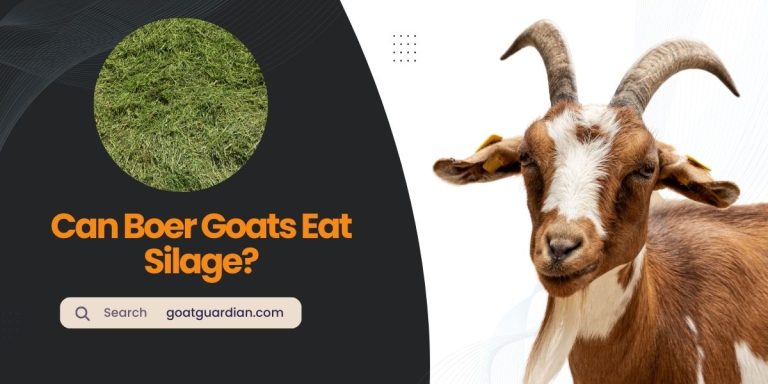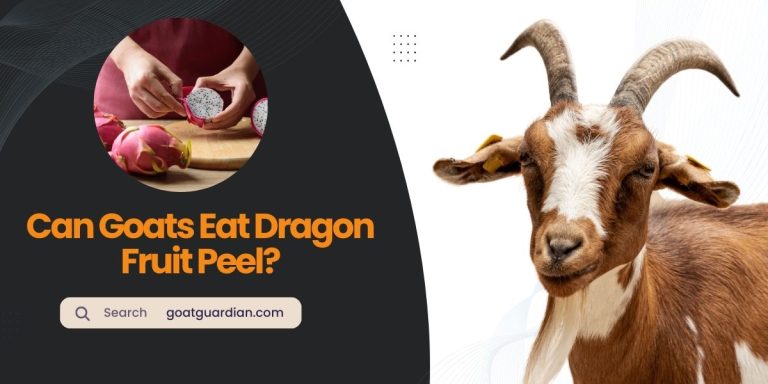Can Goats Eat Rice Straw? (Nutritional Values)
Yes, goats can eat rice straw, as it can be used as a roughage source for ruminants despite its low nutritional value. Rice straw is a practical, abundant, and affordable source of fodder for cattle, buffalo, goats, and sheep.
Although it has low protein content and poor digestibility compared to grasses, it can still be used as a part of their diet. However, it should not be used as a complete ration and should be included in combination with other feed sources to ensure a balanced diet for goats.
Additionally, rice straw can be utilized for various purposes such as improving soil fertility, mushroom production, silage for cattle feed, and mechanized composting, making it a versatile agricultural resource.
The Nutritional Value Of Rice Straw
| Rice straw remains as a practical, abundant, and cheap source of fodder for feeding cattle, buffalo, goats, and sheep. However, it is important to understand the composition of rice straw before incorporating it into a goat’s diet. |
| Understanding the composition of rice straw: Rice straw has low nutritional value as it has a low protein content and poor digestibility compared to grasses. Although it can be used as a roughage source for ruminants, it should be supplemented with other feeds to ensure a balanced diet. |
| Evaluating the protein content in rice straw: The protein content in rice straw is relatively low, which may not fulfill the protein requirements of goats. Additional protein sources should be included in their diet to meet their nutritional needs. |
| Analyzing the digestibility of rice straw: Rice straw has poor digestibility, meaning that goats may not be able to extract all the nutrients from it. This further emphasizes the need for supplementing their diet with more digestible feeds. |
| Exploring the micronutrient profile of rice straw: Rice straw may lack essential micronutrients required for the optimal health and growth of goats. It is important to provide additional sources of these micronutrients to ensure their well-being. |
Feeding Rice Straw To Goats
Rice straw remains a practical, abundant, and cheap source of fodder for feeding cattle, buffalo, goats, and sheep. It can be used as a roughage source for ruminants, although it has low nutritional value in terms of protein content and digestibility compared to grasses.
As a result, rice straw should not be used as a complete ration but rather as a replacement for part of the forage in a balanced feed plan for goats.
When incorporating rice straw into a goat’s diet, it is important to balance the nutritional requirements with other feed sources that provide essential nutrients. Barley straw is considered the best option, followed by wheat and oat straw. It is crucial to avoid dusty or damp straw as it can be harmful to the goats’ health.
Ultimately, incorporating rice straw into a well-rounded goat feed plan can be a sustainable and cost-effective solution. It can help optimize the use of rice straw and support the nutritional needs of goats, contributing to their overall health and well-being.
Alternative Fodder Options For Goats
Goats are adaptable animals and can thrive on a variety of feed sources. While rice straw remains a practical, abundant, and cheap option for feeding cattle and buffalo, its suitability for goats is questionable. Rice straw has low nutritional value, with low protein content and poor digestibility compared to grasses.
However, some studies suggest that rice straw can be used as a roughage source for ruminants. Ammoniated straws and stoves can be given to beef cattle, heifers, sheep, and goats as sole roughage or as a major part of their diet.
When it comes to straw options for goats, barley straw is considered the best, followed by wheat and oat straw. Goats will happily consume barley straw and it provides good roughage.
However, it is important to avoid dusty or damp straw as it can be harmful to goats. In conclusion, while goats can consume rice straw, it is not the most ideal fodder option for their nutritional needs
Frequently Asked Questions For Can Goats Eat Rice Straw
Is It Ok For Goats To Eat Straw?
Goats can eat straw, but it is not a nutritious source of food. Straw can be used as roughage for goats and provide some fiber, but it lacks proper protein content and digestibility. It is better to provide goats with hay or other nutritious options for their diet.
Can Animals Eat Rice Straw?
Rice straw can be fed to cattle, buffalo, goats, and sheep as a source of fodder. However, it has limited nutritional value and should be used as a replacement for part of the forage, not as a complete ration. It can also be used for soil fertility, mushroom production, and as cattle feed after mechanized collection and composting.
What Can Rice Straw Be Used For?
Rice straw can be used as fodder for feeding cattle, buffalo, goats, and sheep. It can also be used for improved soil fertility, mechanized collection, rice straw mushroom production, rice straw silage for cattle feed, and mechanized composting. Goats prefer hay over straw.
Is Straw Or Hay Better For Goats?
Straw is great for goat bedding, but goats prefer hay for eating. Rice straw has limited nutritional value and should not be used as a complete ration for goats. It can be used as a roughage source, but processing is necessary for better digestion.
Conclusion
Rice straw may not be the most nutritious option for goats, as it has low protein content and poor digestibility compared to other forages. However, it can still be used as a roughage source for ruminants, especially when processed or used as part of a balanced diet.
Consider feeding ammoniated straws and stovers to provide goats with necessary roughage. Remember to prioritize their nutritional needs and consider alternatives like hay or grasses for a more well-rounded diet. Ultimately, the best use for rice straw may be as goat bedding rather than as a primary source of feed.






